Magnesia refractory fire brick description
Magnesia refractory fire brick mainly includes ordinary magnesia brick, medium magnesia brick, high purity magnesia brick, electromelting magnesia brick (combined with magnesia brick). Ordinary fired magnesia brick, often referred to simply as fired magnesia brick (magnesia brick), is the most productive and widely used alkaline brick. China's magnesite is of excellent quality, abundant reserves, and magnesite brick is of high quality and low price, so it enjoys a high reputation in the domestic and foreign markets.
Common magnesia brick
There are two kinds of magnesia used in the production of magnesia refractory fire brick: natural magnesia and seawater magnesia. Most Chinese magnesia refractory fire bricks are made by the former. The mass fraction of MgO in magnesia is between 89% and 98%. The limit particle size is generally 3 to 5mm.
Two grades of magnesia were used in the experiment, with 91 sintered magnesia and 97 high purity magnesia particles as aggregate and high purity magnesia as fine powder. The microstructure characteristics of ordinary magnesia refractory fire bricks are as follows: the overall density of the bricks is higher, the porosity is lower, but the porosity is mainly through the brick, the pore size is larger, the main crystalline phase is cubic magnesia, and the cement bond of silicate phase is mainly in the brick.

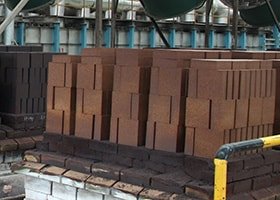
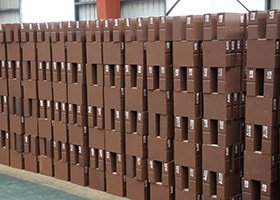
Medium grade magnesia brick:
The microstructure of medium magnesia refractory fire brick is simple and close to that of medium magnesia. However, the density of brick is low and the porosity is more. This is because the content of silicate phase in middle grade magnesia is relatively small, resulting in a low degree of cementation.
The bulk density and compressive strength of middle-grade magnesia refractory fire brick are lower than those of ordinary fired magnesia refractory fire brick. Obviously, it is unscientific to judge the high temperature performance of a product simply by its bulk density and compressive strength at room temperature.
High purity magnesia brick:
The microstructure of high purity magnesia refractory fire brick, the overall structure of the sample is loose, the porosity is high, different from the medium magnesia refractory fire brick is the closed porosity content is high. The porosity of matrix part is higher and the degree of cementation is lower. Thus, the higher the purity of magnesia, the lower the content of silicate phase, the more difficult to sintering, the higher the sintering temperature required.
Fused magnesia brick
Capacitive magnesia refractory fire brick is made of fused magnesia, and its microstructure is basically the same as that of fused magnesia. The direct combination degree between magnesite and magnesite is high, so the recombined magnesia refractory fire brick has high density, excellent high temperature performance, and its hydration resistance is better than ordinary magnesia refractory fire brick. The disadvantage is poor thermal shock stability.
Magnesia refractory fire brick index
| Item | MZ-91 | MZ-92 | MZ-93 | MZ-94 | MZ-97 |
| MgO, % ≥ | 91 | 92 | 93 | 94.5 | 97 |
| SiO2, % ≤ | 4 | 3.5 | 2.5 | 2 | 2 |
| Fe2O3, % ≤ | 1.3 | - | - | 1.2 | 1.2 |
| CaO, % ≤ | 2.5 | 2.5 | 2 | 1.8 | 1.8 |
| Apparent Porosity, % ≤ | 18 | 18 | 18 | 18 | 18 |
| Bulk Density, g/cm3 ≥ | 2.86 | 2.9 | 2.95 | 2.92 | 2.95 |
| Cold Crushing Strength Mpa, ≥ | 60 | 60 | 50 | 60 | 60 |
| 0.2Mpa Refractoriness Under Load T0.6 ℃ | ≥1570 | ≥1560 | ≥1620 | ≥1650 | ≥1700 |
| Thermal Shock Resistances 100 ℃ water cycles | ≥18 | ≥18 | ≥18 | ≥18 | ≥18 |


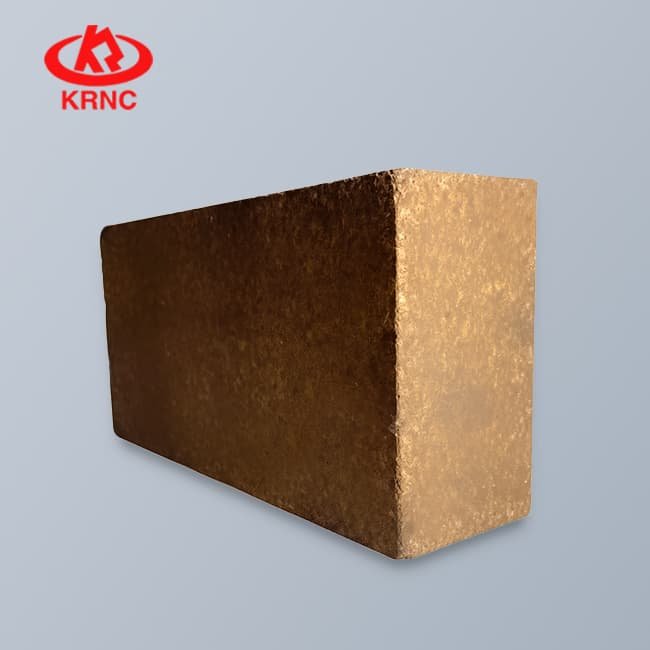
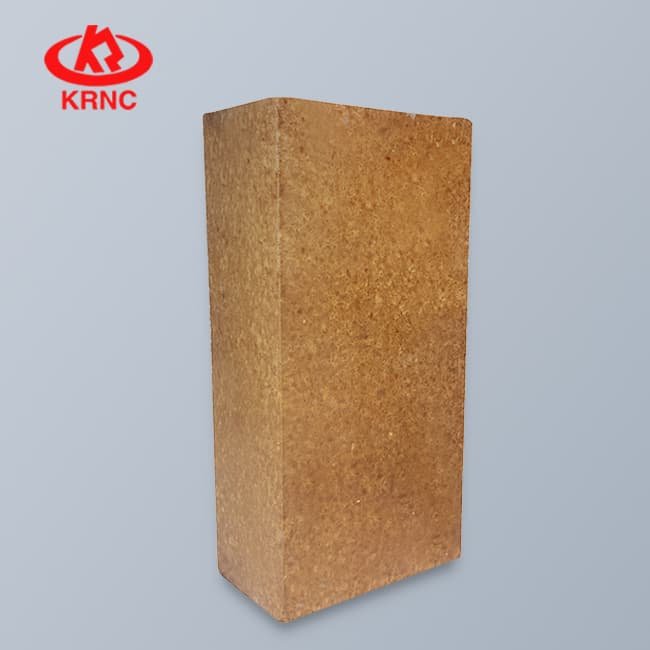
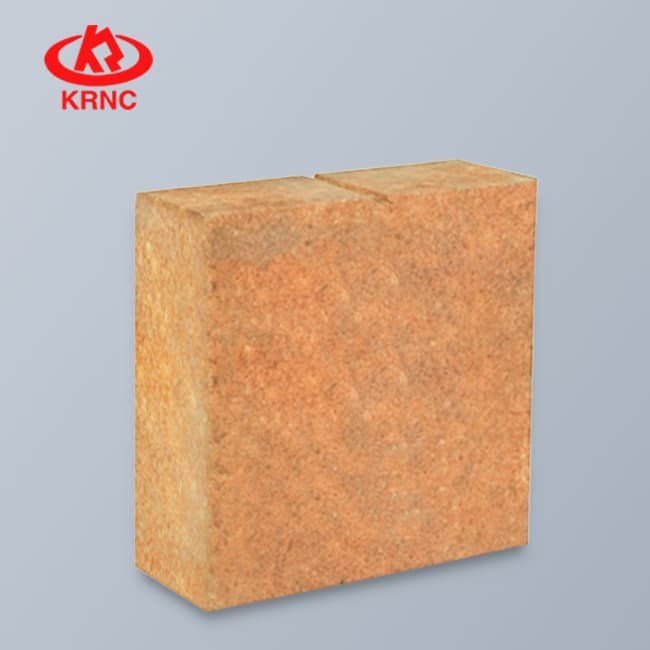
 Wechat Us
Wechat Us